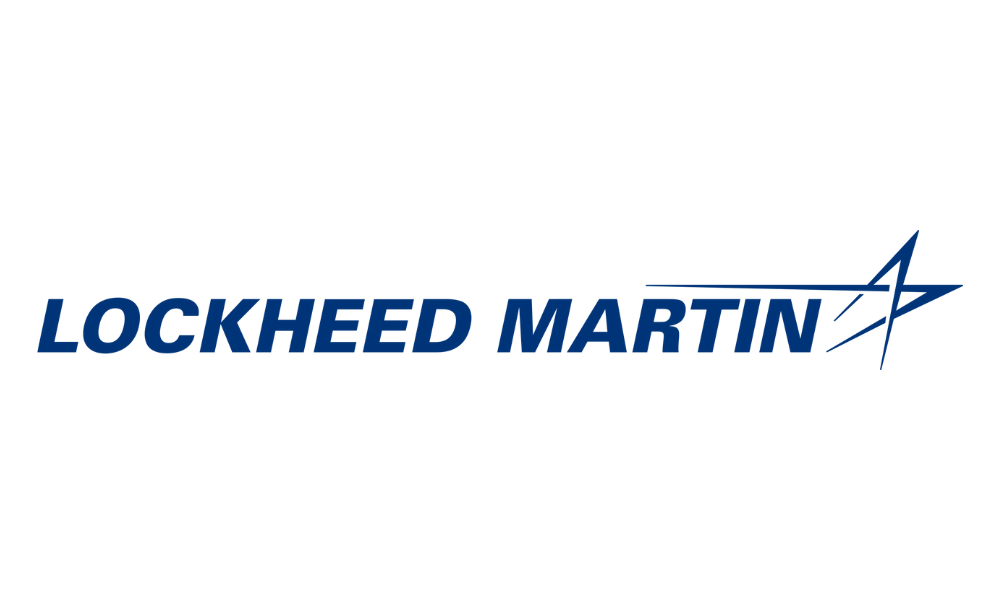The MD-11: FedEx’s Workhorse
The McDonnell Douglas MD-11 is one of the most iconic aircraft in cargo aviation. FedEx Express, the cargo airline of FedEx Corporation, is known for its extensive use of this aircraft. The MD-11, originally designed for passenger travel, has found a significant second life in cargo operations.
Development and Features
McDonnell Douglas developed the MD-11 as a successor to the DC-10. It features a longer fuselage, upgraded engines, and improved aerodynamics. This tri-jet aircraft is recognizable by its three-engine layout, with two mounted under the wings and one at the base of the tail. A notable feature is its advanced avionics, which enhances navigation and fuel efficiency.
Transition to Cargo
When first introduced in 1990, the MD-11 aimed to serve as a long-range passenger aircraft. However, it faced performance issues, especially related to fuel consumption. Many airlines eventually retired it from passenger service. The aircraft’s large cargo capacity and range made it ideal for freight operators. FedEx saw an opportunity and began converting MD-11s for cargo use.
Role in FedEx Fleet
FedEx operates one of the largest MD-11 fleets in the world. The airline has modified these aircraft to maximize cargo space. The MD-11F, the freighter variant, typically carries up to 200,000 pounds of cargo. Its range allows FedEx to operate long-haul flights, connecting hubs across continents. This aircraft helps the company maintain a reliable and efficient global delivery network.
Operational Efficiency
The MD-11’s design allows for efficient loading and unloading. Its wide fuselage can accommodate large and irregularly shaped cargo. FedEx’s logistics operations benefit from the aircraft’s versatility. The MD-11 can handle various types of freight, from standard packages to oversized items. The aircraft’s reliability ensures minimal downtime, crucial for a company with tight delivery schedules.
Technological Upgrades
Over the years, FedEx has updated the MD-11’s systems to meet modern standards. Enhanced avionics improve flight safety and efficiency. These upgrades also extend the aircraft’s operational lifespan. FedEx continues to invest in keeping the MD-11 compliant with evolving aviation regulations. Technology integrations help the aircraft remain competitive in the cargo market.
Environmental Impact
While the MD-11 is not the newest aircraft in FedEx’s fleet, the company has taken steps to reduce its environmental footprint. FedEx employs strategies to increase fuel efficiency. These include optimizing flight routes and improving ground operations. These efforts contribute to lower operational costs and reduced emissions.
Maintenance and Safety
FedEx maintains a rigorous maintenance program for its MD-11 fleet. Regular inspections and updates ensure the aircraft remains in top condition. This focus on maintenance helps prevent mechanical issues and enhances safety. The company invests in training for its maintenance personnel, ensuring high standards are met.
Future of the MD-11 at FedEx
As FedEx continues to modernize its fleet, the MD-11 will eventually be phased out. However, these aircraft will continue to play a crucial role in the near future. The MD-11F’s capabilities still meet many of FedEx’s operational needs. The company will likely introduce more fuel-efficient models over time. Until then, the MD-11 remains a dependable part of their fleet.
